Food
The city of palaces and forts, interspersed with historical monuments and gardens that testify the grandeur of the Rajput kings, Jaipur is the gateway to the royal heritage of India. Also called Pink City, the capital of Rajasthan, remains
suspended in time, with its heritage preserved in the overwhelming Hawa Mahal that gazes down at the bustling streets of Johari Bazaar. A little away from the city centre, which is resplendent with state-of-the-art cinemas/ movie theatres,
eateries, multiplexes, museums and parks, lies the arid hilly country dotted with forts that earlier stood as armoured sentinels of Jaipur. The biggest and the most awe-inspiring is the Amber Fort, which leaves one humbled with its
expansive fortifications and grandeur.
Art & Craft
Founded by Maharaja Jai Singh II in 1727 AD, Jaipur was the stronghold of the Rajputs, who gave it its everlasting legacy in the form of various heritage sites, arts and crafts, culinary curations etc. Typical Rajasthani cuisine, comprising
lal maas, dal-batichurma, ker sangri and other uncountable recipes, all hold limelight in the culinary culture of India. These can be enjoyed in the quintessential Rajasthani style of sitting cross-legged on mats on the floor and digging in
in the sumptuous thali, which features up to 20 dishes.
Museum
While one can enjoy the various offerings of the city as an outsider, what really sets Jaipur apart is its welcoming spirit that wins you over with its warmth. To symbolise this hospitable culture, the older part of the city was painted
pink under the reign of Maharaja Ram Singh in 1876. Although this was done during the British rule when the Prince of Wales came to visit India, many houses are still adorned with the hue to reiterate their signature slogan of ‘Padharo
Mhare Desh’ (Welcome to my Land).
Jaipur was designed by architect Vidyadhar Bhattacharya in the early 18th century. Through the years it has transformed into a bustling metropolis while continuing to retain its old-world charm. Following India’s independence from British
rule, Jaipur and the principalities of Bikaner, Jaisalmer and Jodhpur came together to form the present state of Rajasthan. Today, thousands of travellers from the world over come to explore its vibrant streets every year, sampling its
delicious food and experiencing its rich cultural flavours. They find at every turn a charming confluence of tradition and modernity, old shops rubbing shoulders with new malls without ever detracting from the city’s essence.
A kaleidoscope of many moods and hues, Jaipur is also a fantastic shopping destination. From colourful puppets and bandhni sarees to silver jewellery and lac bangles, it offers a host of knick-knacks and souvenirs to take home along with
many fond memories!
The beautiful legacy of Jaipur through its historic attractions
Hawa Mahal
Jaipur’s most iconic building, the pink Hawa Mahal, stands royally in the bustling Johari Bazaar. With a fine honeycomb of latticed windows, the five-storeyed monument lives to its name, which means the palace of wind. Built in 1799 by
Maharaja Sawai Pratap Singh, Hawa Mahal was primarily constructed as a summer retreat for the royal household and was also used by the royal ladies to enjoy the lively vibes of Johari Bazaar through the white framed windows, while they
themselves stayed hidden from the people on the street. Interestingly, the arrangement of the windows is said to resemble the crown of Lord Krishna. Inside, there is a museum that houses Rajasthani miniature art and outside is a hub of
stalls selling handmade jewellery, leather-crafted home decor items and the region’s famous silver jewellery.
Jal Mahal
One of the most ethereal sights in Jaipur is the architectural marvel of Jal Mahal, which is standing right at the centre of the Man Sagar Lake. Conceptualised as a hunting lodge by Maharaja Madho Singh I and restored by Jai Singh II in
1734, it is built according to a blend of Rajput and Mughal aesthetics, with pink sandstone. The sandstone paints a vivid image against the blue backdrop of the water and the distant rolling hills. The palace is a five-storeyed building and
about four storeys stay immersed when the lake is full. At night, bathed in dreamy lights, the palace seems as if it’s floating in the lake’s water. In the vicinity of the palace is the gorgeous Chameli Bagh, which is a paradise for birdwatchers. Some
of the avifauna one can spot here includes pochard, coot, flamingo and kestrel.



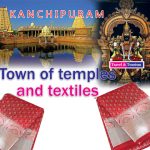


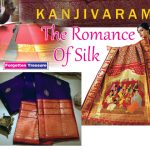

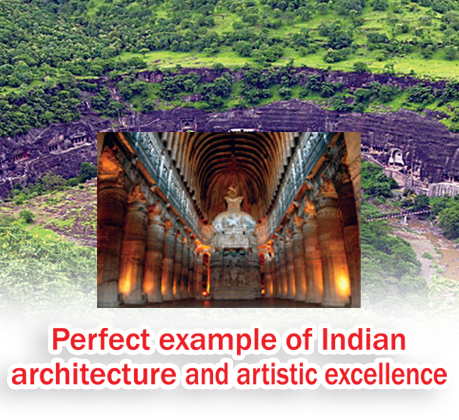
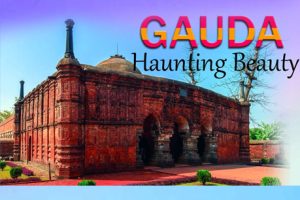
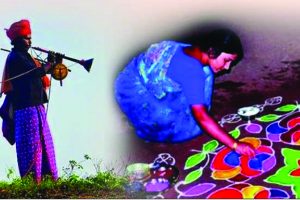
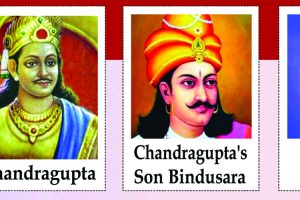




Add Comment